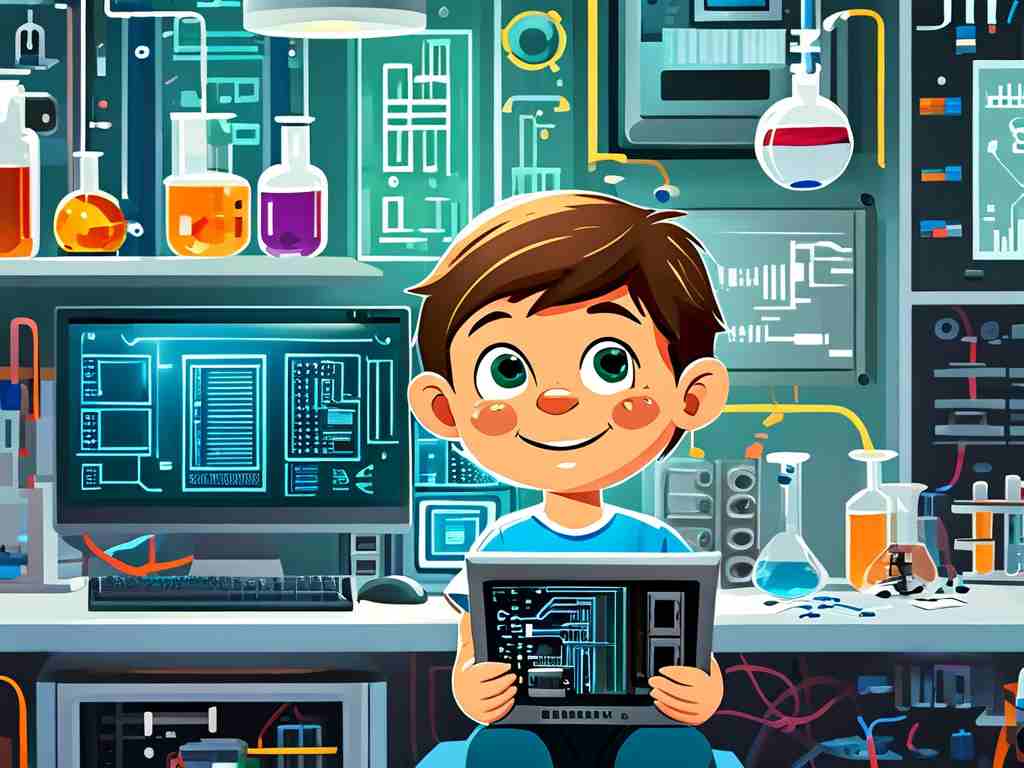Embedded systems development is a specialized field of engineering focused on designing and implementing computing systems tailored for specific tasks within larger mechanical or electrical systems. Unlike general-purpose computers, embedded systems are optimized for efficiency, reliability, and real-time performance. This article explores the fundamentals of embedded development, its applications, and its significance in modern technology.

Defining Embedded Systems
An embedded system combines hardware and software to perform dedicated functions. These systems are typically integrated into devices such as household appliances, medical equipment, automotive systems, and industrial machinery. Key characteristics include:
- Task-Specific Design: Tailored to execute predefined operations.
- Resource Constraints: Limited processing power, memory, and energy.
- Real-Time Operation: Often required to respond instantaneously to inputs.
- Low Power Consumption: Critical for battery-operated devices.
Core Components of Embedded Development
-
Hardware Architecture: Embedded systems rely on microcontrollers (MCUs) or microprocessors (MPUs) as their computational core. MCUs, such as ARM Cortex-M series or Arduino boards, integrate CPU, memory, and peripherals on a single chip, making them ideal for compact designs. MPUs, like Raspberry Pi, offer higher performance but require external components.
-
Software Development: Developers write firmware-low-level code that directly interacts with hardware. Common programming languages include C, C++, and Rust, chosen for their efficiency and hardware control. Real-time operating systems (RTOS) like FreeRTOS or Zephyr manage tasks and resources in time-sensitive applications.
-
Peripheral Integration: Embedded systems interface with sensors, actuators, and communication modules (e.g., Wi-Fi, Bluetooth). Protocols such as I2C, SPI, and UART enable data exchange between components.
Applications Across Industries
- Consumer Electronics: Smartwatches, smart home devices, and gaming consoles.
- Automotive: Engine control units (ECUs), advanced driver-assistance systems (ADAS), and infotainment.
- Healthcare: Pacemakers, MRI machines, and wearable health monitors.
- Industrial Automation: Programmable logic controllers (PLCs), robotics, and IoT-enabled machinery.
Challenges in Embedded Development
- Optimization: Balancing performance with limited resources demands meticulous code optimization.
- Cross-Disciplinary Expertise: Developers must understand electronics, software, and domain-specific requirements (e.g., automotive safety standards).
- Testing and Debugging: Hardware-software interactions complicate troubleshooting. Tools like JTAG debuggers and oscilloscopes are essential.
Embedded vs. Traditional Software Development
While traditional software runs on general-purpose OSs (Windows, Linux), embedded systems prioritize:
- Deterministic Behavior: Guaranteed response times for critical tasks.
- Power Efficiency: Minimizing energy use extends device lifespan.
- Minimal Footprint: Code must fit within constrained memory.
The Future of Embedded Systems
Advancements in AI, edge computing, and 5G are reshaping embedded development. TinyML (machine learning on microcontrollers) enables smart sensors, while RISC-V architecture promotes open-source hardware innovation. Sustainability trends also drive demand for energy-efficient designs.

In , embedded systems development sits at the intersection of hardware and software, powering the "invisible" technology that underpins modern life. As devices grow smarter and more interconnected, expertise in this field will remain indispensable.


